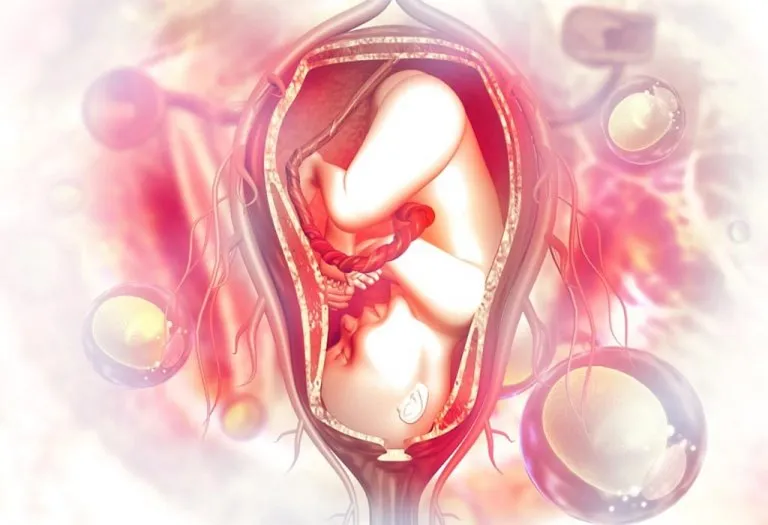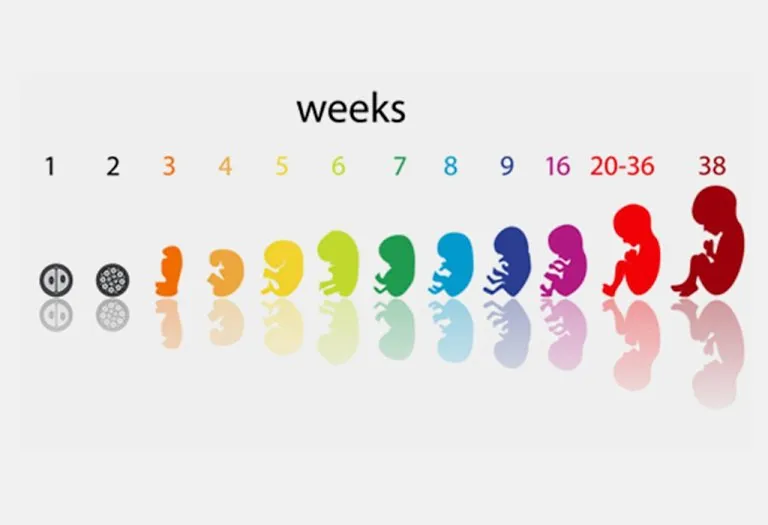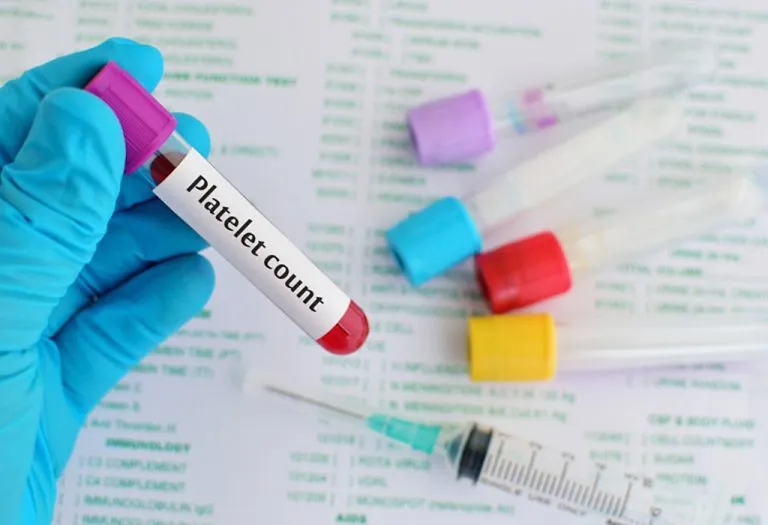Two-Vessel Cord (Single Umbilical Artery) – Diagnosis and Treatment

When in the womb, your baby is connected to you through the umbilical cord and placenta. Oxygen, nutrients and essential blood supply reach the baby’s bloodstream through the umbilical cord, which normally has three blood vessels: two arteries and one vein. However, sometimes, there are abnormalities in the umbilical cord. They can be shorter than normal or longer; at times, there could be a two-vessel umbilical cord instead of a normal one. Understanding the abnormality in this important link between you and the baby can help you take steps to prevent or handle it efficiently.
This article will discuss two-vessel umbilical cord abnormalities and their possible causes, risks, and diagnosis. But first, let’s understand what a normal umbilical cord is and its functions.
What Is a Normal Umbilical Cord?
A normal umbilical cord will have two arteries and a vein, forming a three-vessel cord. It is covered with Wharton’s Jelly, a gelatinous substance about 50-60 cm in length at birth. The important functions of these blood vessels are as follows (6):
- The arteries carry waste products like deoxygenated impure blood and carbon dioxide from the foetus to the mother’s bloodstream, where they are then eliminated through the mother’s kidneys.
- The vein carries nutrients and oxygen from the mother to the foetus.
Now, let’s understand what a two-vessel umbilical cord is and the factors associated with this condition.
What Is a Two-Vessel Umbilical Cord?
Sometimes, during the baby’s development, an abnormality occurs, and only one artery and a vein are present. The umbilical cord is then called a two-vessel umbilical cord or single-artery umbilical cord (SUA) (1).
How Common Is It?
Less than 1% of single pregnancies and about 6-11% of multiple pregnancies have this condition (4). Although the exact cause is unknown, the condition could occur either due to a variety of causes, such as:
- Primary agenesis of one umbilical artery.
- Secondary atrophy or atresia of a previously normal umbilical artery.
- Persistence of the original allantoic artery of the body stalk.
Causes and Risk Factors of Single Umbilical Artery (SUA)
As explained above, the exact cause of SUA is unknown and depends on how the arteries split and form during pregnancy (2).
The risk factors contributing to the formation of SUA are:
- Being a Caucasian woman
- Becoming pregnant after 35 years of age
- Having had diabetes or high blood sugar levels during the timeline of the pregnancy
- Multiple pregnancies
How Is a Single Umbilical Artery (SUA) Diagnosed?
The attending doctors assess the risks of this condition through an ultrasound, especially the Doppler ultrasound. Here are the tests carried out to diagnose the condition (5):
- Foetal echocardiogram
- Colour Flow Doppler Ultrasound (7)
These tests can detect the problem and determine if your baby will be affected. Mothers who are at risk of developing a two-vessel umbilical cord abnormality are asked to undergo a colour flow Doppler ultrasound scan around the 14th week of pregnancy. Ultrasound scans are normal in the 18th week of gestation to help detect a two-vessel cord.
Can a Single Umbilical Artery (SUA) Affect Your Baby?
While there are no complications in some cases, there are risks involved in others (3). The condition could affect fetal development and lead to birth abnormalities. Single umbilical artery complications do not necessarily harm your baby. However, certain risks that the baby is exposed to are:
- Preterm labour
- Restricted growth of the central nervous system
- Congenital heart problems in the baby
- Kidney problems in the baby
- Gastrointestinal problems in the baby
- Intrauterine growth restriction (IUGR)
- High risk of the genetic abnormality known as VATER – vertebral defects, anal atresia, trans-oesophageal fistula with oesophagal atresia, and radial dysplasia.
How Is a Single Umbilical Artery (SUA) Cord Treated?
The doctor will monitor the baby’s growth through ultrasound scans, even without complications. When the low-speed ultrasound findings indicate the possibility of SUA, a high-speed ultrasound will be done. If the baby is diagnosed to have a single umbilical artery or other abnormalities, an amniocentesis, where the foetus is tested for congenital abnormalities using a sample of amniotic fluid, is done. High-speed Doppler Ultrasound and colour flow scans could also be scheduled to view the baby’s development. If the baby is born with organ dysfunction, additional monitoring is performed in the NICU (4).
Can You Prevent Single Umbilical Artery?
So far, there is no way to prevent one artery in umbilical cord, but since there are certain risk factors that increase its possibilities and associated anomalies, a mother-to-be should:
- Quit smoking
- Discuss risk factors that may lead to SUA with the doctor.
- Regularly attend appointments with the doctor.
- Report any untoward symptoms to the doctor.
- Educate herself and make an informed decision on her delivery.
FAQs
1. Is a 2 vessel cord in pregnancy linked to genetic disorders?
Sometimes, a two-vessel cord can be associated with genetic conditions such as trisomies or other chromosomal abnormalities. Doctors may recommend genetic testing to assess this risk.
2. Can a two vessel cord in pregnancy cause delivery complications?
Most pregnancies with a two-vessel cord result in normal deliveries, but doctors may recommend more frequent check-ups or induce labour if there are concerns about the baby’s growth or health.
Educating yourself and making an informed decision is the best way to go for mothers. Remember that the phenomenon of two-vessel umbilical cord complications is rare. Even if present, it may not affect your baby. Discuss your fears and concerns with your doctor and make an informed decision.
References/Resources:
1. Vafaei. H, Rafeei. K, Dalili. M, et al.; Prevalence of single umbilical artery, clinical outcomes and its risk factors: A cross-sectional study; PubMed Central; https://www.ncbi.nlm.nih.gov/pmc/articles/PMC8261099/
2. Xu. Y, Ren. L, Zhai. S, et al.; Association Between Isolated Single Umbilical Artery and Perinatal Outcomes: A Meta-Analysis; PubMed Central; https://www.ncbi.nlm.nih.gov/pmc/articles/PMC4913809/
3. Chetty-John. S, Zhang. J, Chen. Z, et al.; Long-term physical and neurologic development in newborn infants with isolated single umbilical artery; PubMed Central; https://www.ncbi.nlm.nih.gov/pmc/articles/PMC3454509/
4. Horsager-Boehrer. R; Helping you understand scary (but often harmless) pregnancy ultrasound findings; The University of Texas Southwestern Medical Center; https://utswmed.org/medblog/pregnancy-ultrasound-scary/
5. Martínez-Payo. C, Cabezas. E, Nieto. Y, et al.; Detection of single umbilical artery in the first trimester ultrasound: its value as a marker of fetal malformation; PubMed Central; https://www.ncbi.nlm.nih.gov/pmc/articles/PMC4101964/
6. Umbilical cord conditions; March of Dimes; https://www.marchofdimes.org/find-support/topics/birth/umbilical-cord-conditions
7. Color Doppler; Stanford Medicine; https://stanfordhealthcare.org/medical-tests/u/ultrasound/procedures/color-doppler.html
Also Read:
Delayed Cord Clamping
Umbilical Cord Prolapse
Protruding Navel and Umbilical Hernia in Pregnancy
Nuchal Cord (Umbilical Cord Around Neck): Causes & Remedies
Was This Article Helpful?
Parenting is a huge responsibility, for you as a caregiver, but also for us as a parenting content platform. We understand that and take our responsibility of creating credible content seriously. FirstCry Parenting articles are written and published only after extensive research using factually sound references to deliver quality content that is accurate, validated by experts, and completely reliable. To understand how we go about creating content that is credible, read our editorial policy here.

























